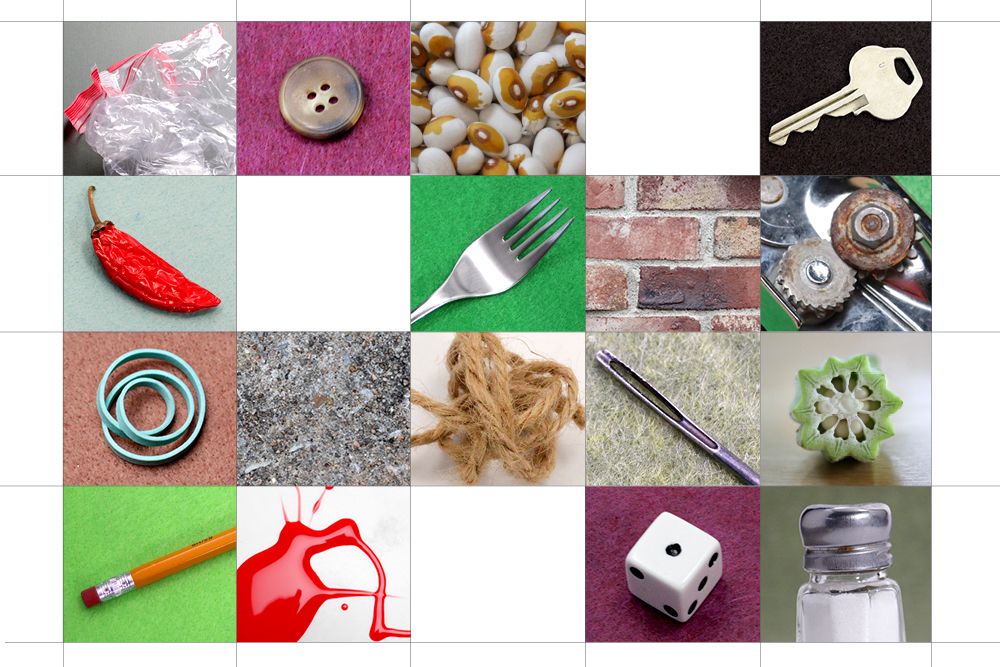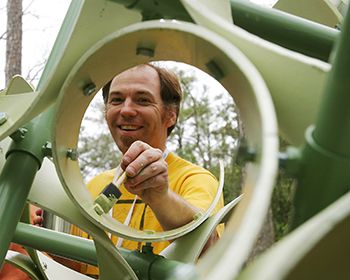Little Things that Changed the World

LITTLE THINGS THAT CHANGED THE WORLD/HNRC 4013H-003
T/TH 11-12:15, FALL 2020
GEAR 129
Interested? Apply for Little Things that Changed the World here. Deadline: 11:59 p.m. Friday, April 3, 2020.
Consider a simple piece of string — hardly a technological marvel or a centerpiece
of modern civilization! But string is old, and just try to make some. People of the
paleolithic "String Revolution,'' beginning at least 44,000 years ago, worked out
rope, thread, needle, cloth, clothes, nets, snares, lines, bags, straps, and handles,
not to mention fancy hats, embroidery and beadwork, all refined over tens of thousands
more years.
Or take the sugar cube — once a treasure in the global luxury goods trade, soon a driver of empire, genocide and an especially brutal form of slavery, later a standardized staple for a rising middle class, a symbol of 1960s psychedelic culture, and today a heavily subsidized agribusiness commodity.
The paperclip, the haircut, a leash, a fork, a needle, a flute, a button, the second, dice, beer, sauerkraut, ammonia, gears, chiles, wire, plastic bags ... any of these and many more banal little things will be our windows into our highly interconnected human experience.
It is amazing and humbling that within arms reach, at any time, we can touch the intellectual product of millions of minds across tens of millennia, building the technological world we live in today. Let's take a closer look.
Assignments for this course will include
- Researching a little thing that changed the world.
- Preparing readings.
- Leading a class.
- Writing a follow-up paper.
For the first few weeks, we will get our bearings by discussing several books, including
- Salt, by Mark Kurlansky
- Women's Work: The First 20,000 Years, by Elizabeth Wayland Barber
- The Ancient Engineers, by L. Sprague de Camp
Course Credit:
- All students: 3 hours of honors credit
- Walton College: Honors Colloquium
- Fulbright College:
- Honors Social Science Colloquium OR
- Honors Natural Science Colloquium
- College of Engineering: Upper-level credit for STEM elective
 About Chaim Goodman-Strauss:
About Chaim Goodman-Strauss:
Chaim Goodman-Strauss came to the University of Arkansas in 1994 after earning his Ph.D. in knot theory at the University of Texas at Austin. Goodman-Strauss served as chair of the Department of Mathematical Sciences from 2008-2015 and teaches a wide variety of courses at different levels. He studies "matching rule tilings,'' at an intersection of discrete geometry, foundational logic and theoretical computer science, publishing a key paper in the field in The Annals of Mathematics. With John. H. Conway and Heidi Burgiel, he is a coauthor of The Symmetries of Things. Goodman-Strauss is also a mathematical illustrator and sculptor. Since 2008 the Gathering 4 Gardner has commissioned participatory sculpture assemblies from Goodman-Strauss working with Eugene Sargent. On campus, you can see his work in Champions Hall and at the Arkansas Research and Technology Park.
Goodman-Strauss has been involved in mathematical outreach for more than twenty-five years, beginning the Saturday Morning Math Group at U.T. and later producing the Math Factor podcast with KUAF's Kyle Kellams. Since 2012 he has been teaching young mathematicians at Epsilon Camp, Campersand and the National Museum of Mathematics.
For an even more in-depth description of "Little Things that Changed the World," and a taste of what to expect from the course, watch Chaim Goodman-Strauss' preview lecture: